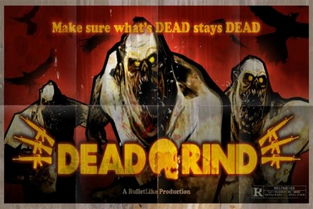- Mephistopheles: A demon featured in German folklore and literature, notably in Johann Wolfgang von Goethe's "Faust."
- Devil: The devil typically refers to the supreme embodiment of evil in Christianity, often identified as Satan. However, in a broader sense, "devil" can also denote any malevolent or diabolical entity.
- Imp: A small, mischievous demon often depicted as a troublemaker or servant of a higher demon.
- Succubus: The female counterpart of the incubus, believed to seduce men in their sleep.

The English language offers a multifaceted lens through which we can explore the realm of demons and devils, from ancient mythology to contemporary culture. By understanding the nuances of terminology and the cultural influences at play, we gain insight into humanity's eternal fascination with the forces of darkness.
Before we embark on our linguistic journey, it's essential to distinguish between demons and devils. While the terms are sometimes used interchangeably, they carry distinct nuances in English.
In contemporary English, references to demons and devils extend beyond religious discourse to encompass a wide range of contexts, from literature and art to everyday language. Phrases like "battling inner demons" or "striking a Faustian bargain" illustrate how these concepts permeate our collective consciousness.
Expressions of demonic entities in English are not confined to religious contexts but are also influenced by literature, folklore, and popular culture. From the infernal denizens of Dante's "Inferno" to the iconic portrayal of demons in modern media, these influences shape our perceptions and descriptions of the supernatural.
While discussions of demons and devils can be intriguing, it's essential to approach the topic with sensitivity, respecting diverse beliefs and cultural perspectives. What may be seen as a malevolent force in one culture could be viewed differently in another.
Demons, devils, and creatures of the underworld have long fascinated human imagination, permeating various cultures and mythologies. In English, these entities are often referred to by a variety of terms, each carrying nuanced meanings and cultural connotations. Let's delve into the lexicon of darkness and explore the intricacies of describing these malevolent beings in the English language.
The English language offers a rich tapestry of words to describe demons and devils, reflecting humanity's complex relationship with the supernatural and the unknown. Here are some key terms:











